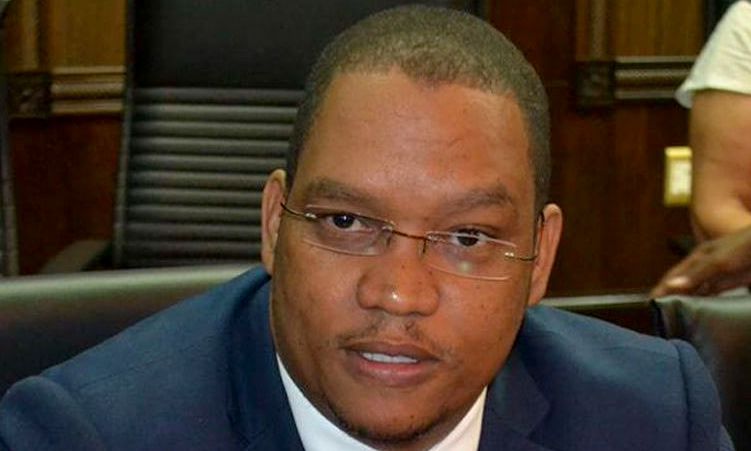NEW YORK – Every country, rich and poor, should ensure universal coverage of primary healthcare, including safe childbirth, nutrition, vaccines, malaria control, and clinical services. Each year, nearly nine million children die of conditions that could be prevented or treated, and nearly 400 000 women die because of complications during pregnancy.
Almost all of these deaths are in the world’s poorest countries. Ending these deaths would not only reduce suffering, but would also unleash economic prosperity in impoverished and unstable societies. The greatest barrier to doing so is that the poorest countries can’t afford universal primary healthcare, even though the cost per person is very low. Using immunisations, modern medicines, state-of-the-art diagnostics, mobile phones, and other new technologies, universal primary healthcare is now highly effective and very inexpensive, costing around $54 per person per year in the poorest countries.Yet, because of their very low incomes, the poorest countries can afford only around $14 per person from their national budgets. Financial help from abroad is needed to cover roughly $40 per person per year. With approximately one billion impoverished people still lacking primary healthcare, the total sum needed is around $40 billion per year. Foreign donors – including the United States, the European Union, and Japan – are currently contributing around one-third of that, roughly $14 billion per year.The remaining annual financial gap is therefore about $26 billion. With that money, the lives of many millions of mothers and children would be saved each year.This is not a lot of money for the rich countries, but they fail to come up with it. The most obvious gap is in the Global Fund to Fight AIDS, Tuberculosis, and Malaria, a global initiative to help the poorest countries fight these killer diseases. The Global Fund is desperately short of money, yet the Obama administration and other governments are not responding to the financial need. The rich countries could easily come up with the money. First, the US could end its expensive and failed war in Afghanistan, which is costing around $100 billion per year. If the US gave a tiny fraction of that $100 billion in development aid for Afghanistan, it would be far more successful in achieving peace and stability in that war-ravaged country.For example, the US could give $25 billion in development aid each year and another $25 billion for global health, and still save $50 billion each year to reduce the US budget deficit. Afghanistan, and hence the US, would be far safer, the world would be far healthier, and the US economy would benefit enormously.A second approach would be to tax the big international banks, which are earning excessive profits on their speculative trading. Even after Wall Street nearly wrecked the world economy, the US government coddled and protected it, enabling its return to huge profits – perhaps $50 billion – last year.The bankers again paid themselves huge bonuses – more than $20 billion for 2009. This money should have gone to the world’s poorest people rather than to the bankers, who certainly did not earn it.It is time for an international tax on bank profits – perhaps implemented as a levy on international financial transactions – which would raise tens of billions of dollars each year. In pressing the case for such a tax, the developing countries should not accept the meagre excuses offered by the US and other countries in order to protect their bankers.A third approach would be to obtain increased contributions from the world’s richest people. Several of them, including Bill Gates, George Soros, Warren Buffett, and Jeffrey Skoll, are already mega-philanthropists, committing huge sums for the world’s good. Yet other billionaires have yet to make comparable donations.According to the most recent Forbes list, there are 1 011 billionaires in the world, with a combined net worth of $3,5 trillion dollars. This means that if each billionaire would contribute 0.7% of their net worth, the total sum would be $25 billion per year. Just imagine, 1 000 people could ensure primary healthcare for one billion impoverished people.A fourth approach should be to look to a company like Exxon-Mobil, which earns billions of dollars each year in Africa but, according to one of the company’s online reports, spent only around $5 million per year on malaria control programmes in Africa from 2000 to 2007. Exxon-Mobil could and should be funding much more of the continent’s urgently needed primary health services, either out of royalties paid by the company or out of corporate philanthropic donations.Fifth, new donor countries, such as Brazil, China, India, and Korea, have the vision, energy, economic dynamism, and diplomatic interest to expand their donor support in the poorest countries, as well as in the poorest parts of their own countries. If the US and Europe are too neglectful to do their part, the emerging economies can and will pick up part of the slack. Fortunately, these new donors are becoming trusted partners in Africa.The rich world says that it lacks the money to do more, but what it lacks is imagination, not resources. The US should divert its wasteful military spending to new health financing. The world should implement a global bank tax. The billionaires should step up their philanthropy. The oil companies should pay more. New donor countries like China can fill the financing gap left by the traditional donor countries.The money is there. The needs are urgent. The challenge is one of morality and vision. – Project Syndicate.org* Jeffrey D. Sachs is Professor of Economics and Director of the Earth Institute at Columbia University.
Stay informed with The Namibian – your source for credible journalism. Get in-depth reporting and opinions for
only N$85 a month. Invest in journalism, invest in democracy –
Subscribe Now!








